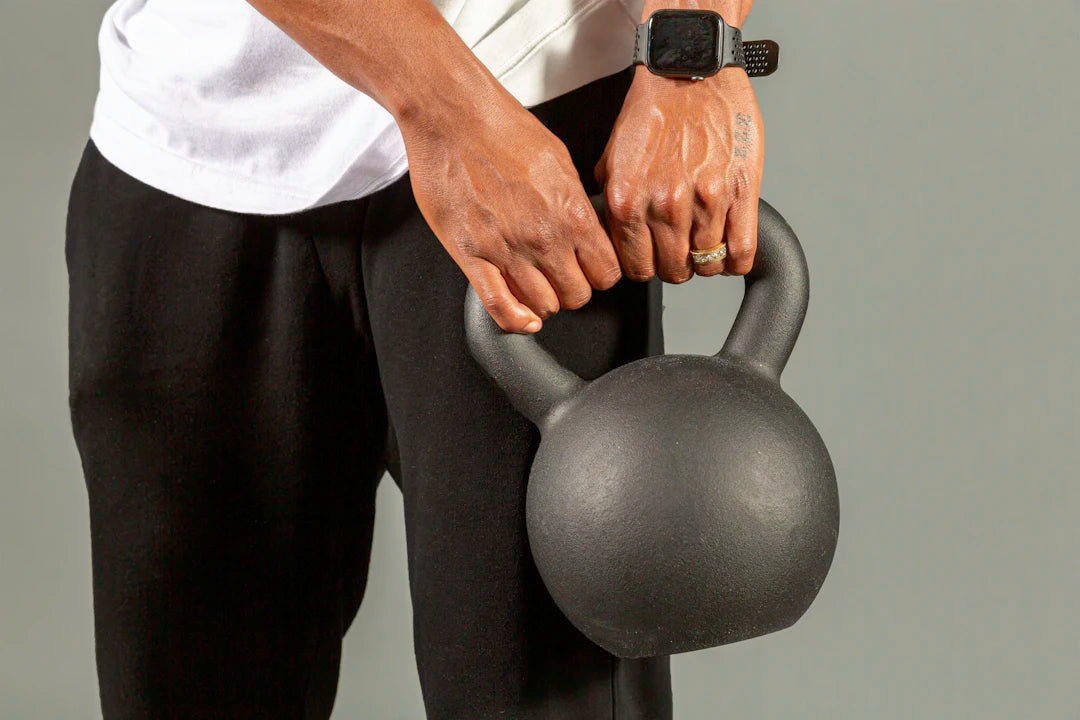
Strength Training for Seniors: Low Impact Options
Share
Frequently Asked Questions
1. Why is strength training important for seniors?
2. What are joint-friendly workouts for seniors?
3. What challenges do seniors face when starting strength training?
4. What are some examples of effective low-impact strength training exercises?
5. How can seniors create a balanced fitness routine?
As we age, staying fit becomes increasingly important to maintain our health and independence. For seniors, strength training can play a crucial role in enhancing overall well-being, but the thought of high-impact workouts may be daunting. Fortunately, there are plenty of joint-friendly workouts specifically designed for older adults that can help build strength, improve balance, and boost confidence while being gentle on the body. In this article, we’ll explore effective low-impact strength training options, address common challenges faced by seniors, and provide actionable tips to help you get started.
Understanding Strength Training for Seniors
Strength training is often misunderstood, particularly in the context of older adults. Many may think that it requires hours spent at the gym or using complex equipment. However, the essence of strength training is simply about using resistance to strengthen your muscles. This can be achieved through a variety of methods, including bodyweight exercises, resistance bands, and light weights.
Benefits of Low Impact Strength Training
Engaging in low-impact strength training provides a multitude of benefits, especially for seniors. Here are just a few:
- Improved muscle strength and endurance
- Better bone health and increased bone density
- Enhanced balance and coordination
- Reduced risk of falls and injuries
- Boosted mood and mental health
These benefits make strength training not just a workout, but a pathway to a healthier lifestyle as you age.
Common Challenges Seniors Face
While the advantages of strength training are many, seniors may encounter several hurdles in starting or maintaining an exercise routine. Here are some common challenges, along with tips on how to overcome them:
Joint Pain
Joint pain is a frequent issue for older adults, which can make high-impact activities uncomfortable or undesirable. Choosing joint-friendly workouts is essential. Activities such as swimming, cycling, or using resistance bands can provide the necessary strength benefits without putting significant strain on joints.
Balance Issues
Many seniors face challenges with balance, which can lead to fear of falling. Including stability exercises in your routine can help. Options like standing on one leg or practicing tai chi can enhance your core strength and stability.
Motivation Struggles
Finding the motivation to stick to a fitness routine can be tough, especially if you are feeling overwhelmed. Setting small, attainable goals can help keep you inspired. Working out with a friend or joining a community class can also provide encouragement and support on your fitness journey.
Low Impact Strength Training Options
Now that we’ve discussed the importance of strength training and some common challenges, let’s explore several low-impact exercises that can be easily integrated into your routine:
Bodyweight Exercises
Bodyweight exercises are an excellent starting point for many seniors. They can be performed anywhere and do not require any equipment. Here are some effective options:
- Chair Squats: Stand in front of a sturdy chair with feet hip-width apart. Slowly lower yourself into the chair, then rise back up. Aim for 10-15 repetitions.
- Wall Push-Ups: Stand a few feet away from a wall, place your hands against the wall at shoulder height, and perform push-ups against the wall. Start with 5-10 repetitions and increase as you feel comfortable.
- Seated Leg Raises: Sit in a sturdy chair, extend one leg out straight, hold for a few seconds, and lower. Alternate between legs for 10-15 repetitions.
Resistance Bands
Resistance bands are versatile and provide varied resistance for strength training. They are gentle on joints and can be used for various exercises such as:
- Bicep Curls: Stand on the band with feet shoulder-width apart. Hold the ends of the band and perform bicep curls.
- Seated Rows: Sit with your legs extended in front of you and wrap the band around your feet. Pull the band towards you, squeezing your shoulder blades together.
- Standing Side Leg Lifts: Secure the band around your ankles. Stand tall and lift one leg to the side against the band’s resistance.
Gentle Strength Training Classes
Many community centers or gyms offer senior-focused strength training classes. These classes often incorporate low-impact routines and provide a social environment that can motivate participants to keep coming back. Check local listings for options that suit your needs!
Creating a Gentle Fitness Routine
Now that you have some exercises in mind, let's discuss how you can create a balanced fitness routine that fits seamlessly into your week:
Set Realistic Goals
When starting your strength training journey, set achievable goals. Instead of saying, “I will work out every day,” try “I will work out three times this week.” As you meet these goals, gradually increase your target.
Incorporate Variety
To keep workouts engaging, include a mix of strength exercises, flexibility workouts, and cardiovascular activities. This could look like:
- Monday: Bodyweight exercises
- Wednesday: Resistance band routine
- Friday: Balance and flexibility exercises
Listen to Your Body
Always pay attention to your body. If an exercise is causing discomfort or pain, stop and reassess. It’s essential to differentiate between exertion and pain; if you feel pain, modify the exercise or switch to a different one. Gentle stretches after workouts help promote recovery and flexibility.
Building a Supportive Community
Staying active is always easier when you have a support system. Look for fitness groups or classes for seniors in your area, or consider online communities focused on senior fitness. Connecting with others can provide motivation, encouragement, and new friendships.
Celebrate Your Progress
Whether it’s lifting a little more weight, completing more reps, or simply feeling better, always take the time to celebrate your progress! Acknowledging your achievements fosters a positive mindset and helps combat any motivation struggles.
Living a Holistic Healthy Life
In addition to strength training, other aspects of your lifestyle contribute to overall health. Consider these tips to enhance your wellness:
- Eat a Balanced Diet: Nourish your body with a variety of colorful fruits, vegetables, whole grains, lean proteins, and healthy fats. Consider discussing with a nutritionist to tailor a diet that supports your fitness goals.
- Stay Hydrated: Drink plenty of water throughout the day, especially before and after exercise. Proper hydration aids in recovery and overall health.
- Prioritize Sleep: Quality sleep is essential for recovery and overall wellness. Aim for 7-9 hours of rest per night.
By focusing on wholesome habits and engaging in joint-friendly workouts, you can ultimately lead a vibrant and active lifestyle.
Your Journey Towards Strength Begins Now!
Strength training for seniors doesn’t have to be intimidating. With the right mindset, support, and a few low-impact exercises, you can build strength, confidence, and resilience. Remember that it’s never too late to start or enhance your fitness journey. Embrace the process, celebrate small victories, and enjoy the path to a healthier, happier you. Let your journey towards strength begin today!
